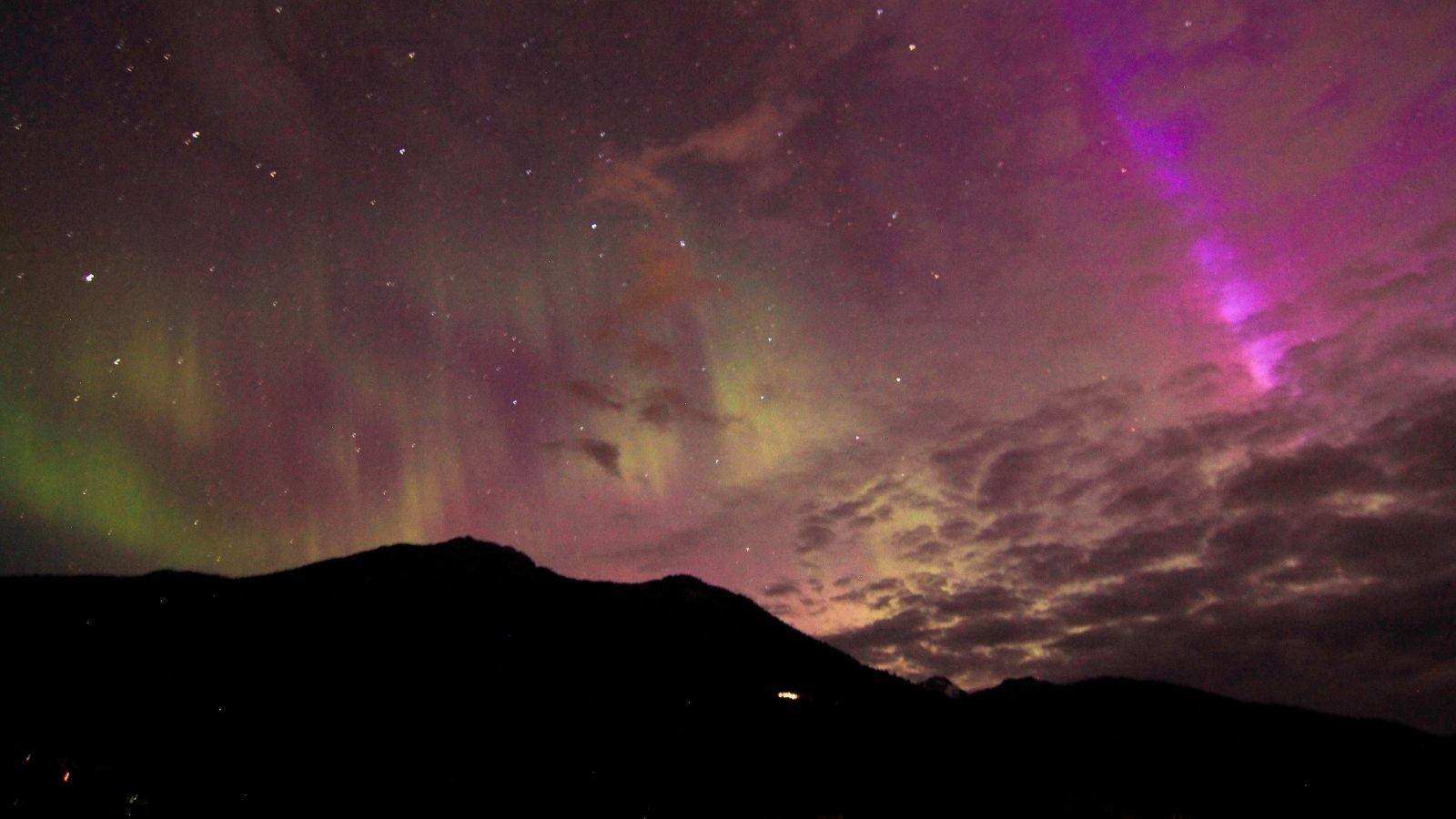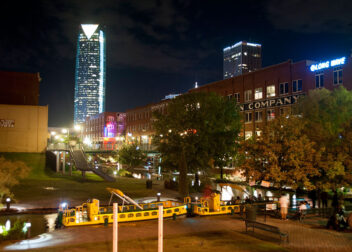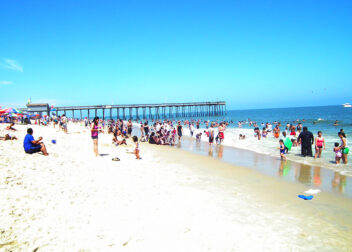Amazing Play of Colours in the Northern Sky
Colours in the Northern Sky: Iceland is a paradise for hikers. During the display of Northern Light, tourists flock here from all around the world.
People crowd around Iceland in the months of winter to watch a play of colours put forth by the natural phenomenon of Aurora Borealis. Northern Light is such a fascinating sight that people all around the world flock here to watch dancing colours. Colours take up images of different shapes to paint the dark sky. There are many adventure tours featuring trips to Iceland that particularly focus upon the sights of Aurora borealis. Think you are taking a hike up to the place to visit this surreal scene.
During the Northern Lights tour, you can also have a chance to explore the hidden lava world in the Blue Mountains, Iceland. Taking a tour into the lava caves will take you to another world. Past lava eruptions have given rise to magical formations of rocks. Winter tours will bring out more wonderful sights than tiny icicles filled up caves. Some Northern Light trips also include added attractions.
Take for example a Northern Lights trip that may take you to the ancient mystic city of Dimmuborgir or Dark Cities. You can experience natural sauna treatments at Hverir, a geothermal hot spot. This area has many mud pools, sulphur pits and steaming fumaroles. Nature baths of Myvatn are also very famous.
Iceland is reputed for its sea fish dishes especially lobsters. So in the midst of your adrenaline jerking trip, you may indulge in some palatable affairs such as dining at local Icelandic restaurants.
Levels of difficulty
Out of 5 possible trips, only 1 is possible.
Before you begin your journey to visit the northern lights here are some important points that you should follow.
Choose the months of winter to visit the Northern Light
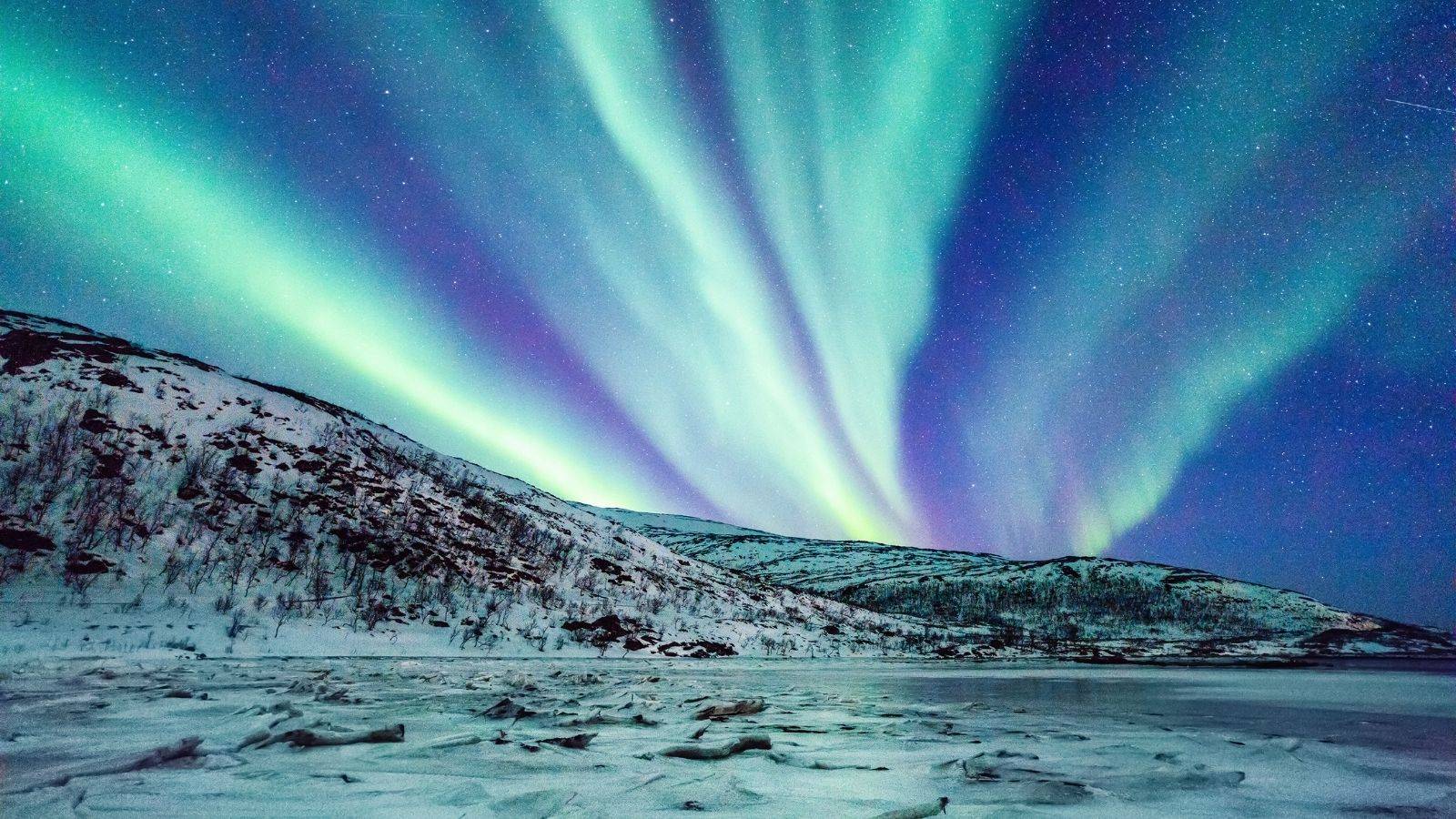
During the months of winter, the northern light is clearly visible as, during that part of the year, the sky generally remains dark. In summer also Aurora Borealis remains active but due to the presence of slight light in the sky, it is generally not visible.
Choose cloudless weather
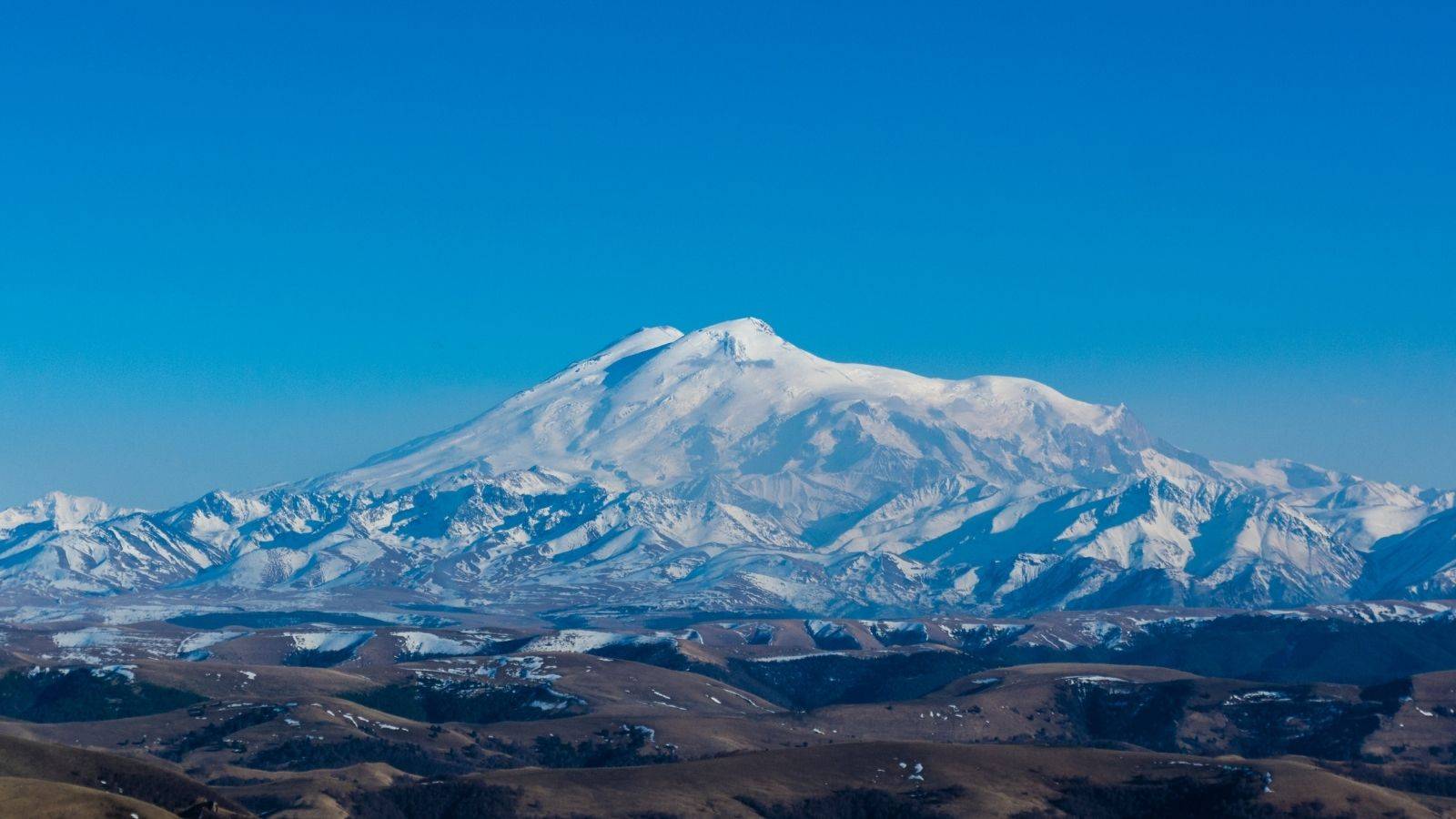
Aurora Borealis is best viewed in the cloudless night sky. Take extra precautions against cold as cloudless nights tend to be colder.
Stick with particular hours of the day
Northern light is best viewed during a particular hour of the day such that between 17:00 to 02:00. Usually, it does not stay for long, if you are lucky enough then it might stay for a couple of hours. But generally, it stays for a quarter to half an hour.
Choose late August and early September
During the equinox, Aurora Borealis gathers strength and therefore the best time to visit Iceland is from the last of August to September. Take your chances to see Northern Light in this period when the sky is dark. But during this time there is no snow.
This does not mean that you cannot visit Iceland in the winters. But during equinox Aurora Borealis becomes strong.
Relationship with the moon cycle
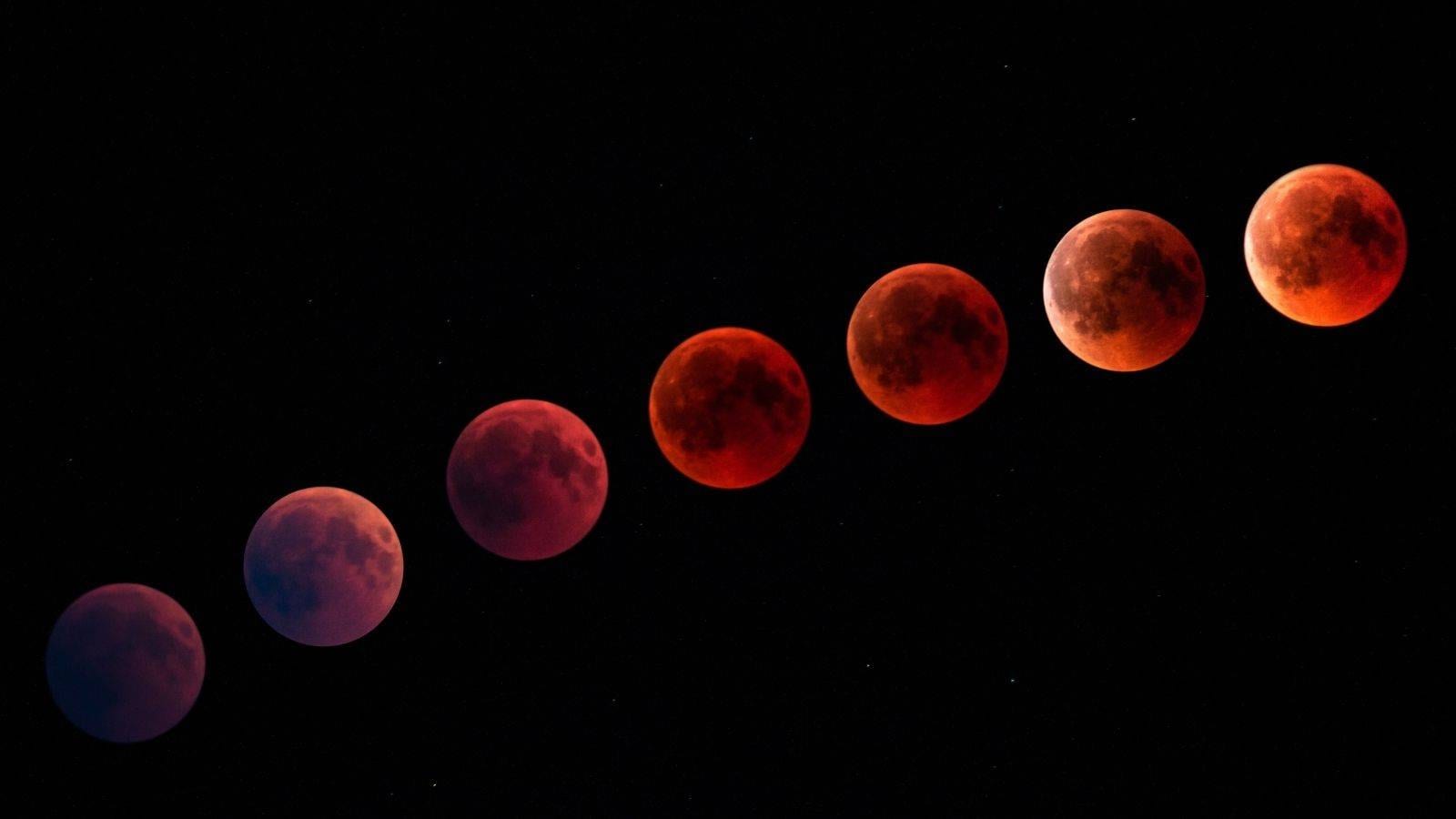
Generally, there is no relationship between the brightness of Northern Light and the waxing or waning moon. But as a full moon lightens a night sky, the brightness of Aurora Borealis becomes less visible. However, watching Northern Light behind a full moon delivers an excellent view.
Relationship between Northern Light and Sunspot Cycle
Northern Light remains most active during the peak of the sunspot cycle and immediately after three to four years after this peak period.
Some precautionary measures to take up before you visit Iceland to watch the play of colours are as follows:
Special clothing and extra accessories
- Principle of different layers- To take safeguard from cold it is better to wear a number of thin layered clothes than a couple of warm woollen cloths.
- Under layers- Try to wear woollen and silken under layers and avoid cotton clothes as if you sweat then cotton clothes easily get drenched and stick with your body making you feel cold.
- Outer layers- An outer woollen overcoat is a must as well as insulated trousers.
- Gloves- Two pairs of gloves is a must.
- Footwear– Keep proper boots for winter.
- Socks- Woollen socks should be carried.
- Headwear- Take ear-covered fleece or woollen hat with you.
- Eyewear- If you are hiking to the place then you need to wear proper sunglasses to save your eyes from the glittering sun.
- Moisturiser- As this part is extremely dry; you need to take lip balms and moisturisers with you.
Precautions from frostbite
Symptoms of frostbite appear when the skin and its underlying tissues get freeze due to long exposure to cold. If you follow the above-mentioned precautions for clothing then frostbite would not strike you.
Precautions to be taken before capturing photos
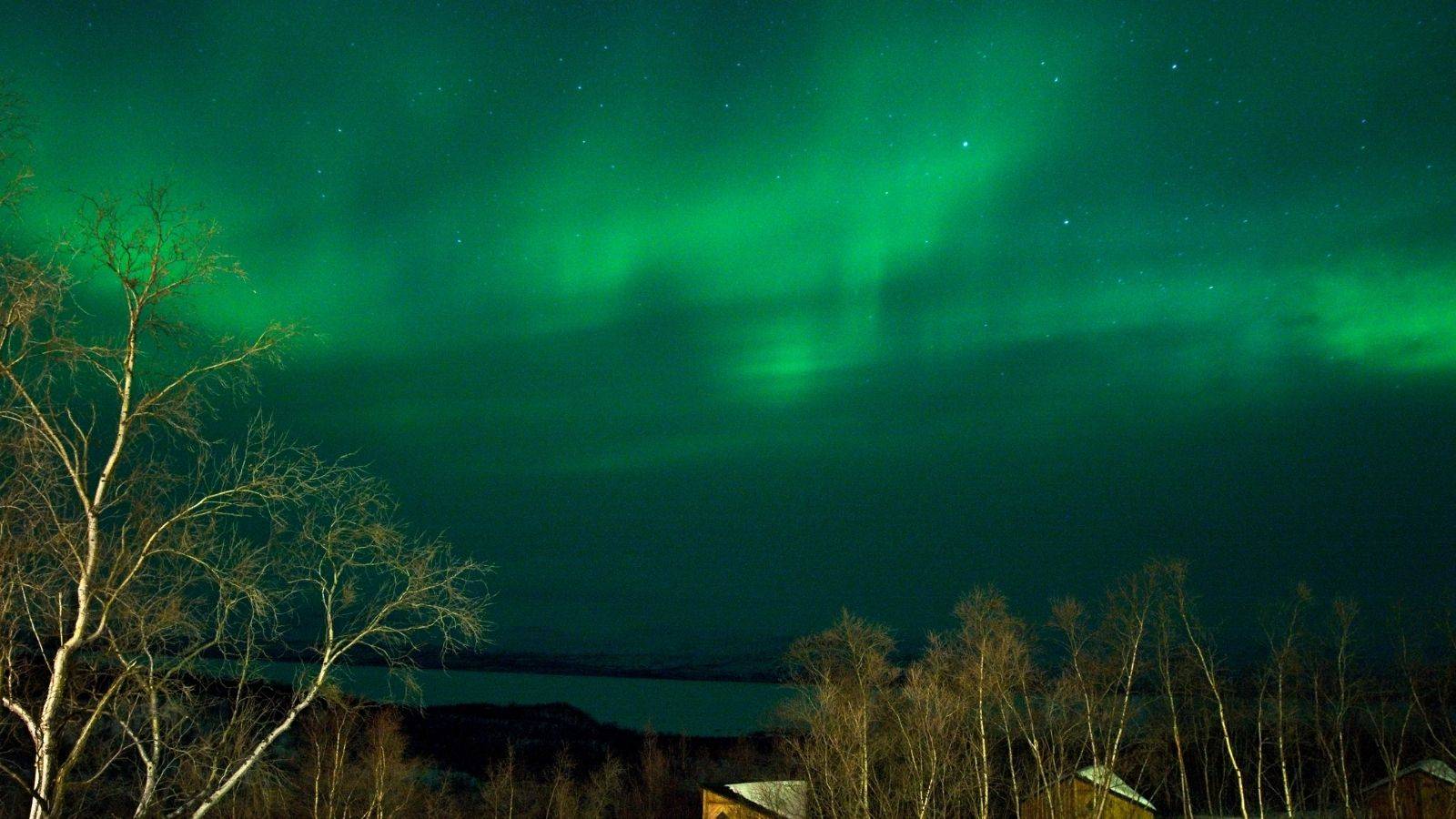
Digital cameras are suitable to photograph Northern Lights as the light condition is really poor and the environment is extremely sensitive. Interchangeable lens cameras produce amazing results.
Cameras work fine in extremely cold conditions but when they are brought in warmer weather, at this point you need to take precautions. That is why we suggest that you carry them off in a Ziploc bag. An airtight bag will save it from fogging effects of condensation. To secure it from moisture you can carry packets of desiccant.
At last, if you are a first-time visitor then it is better to take a guided tour with an expert. For an experienced hiker, there is no need to worry about the journey. Best of luck with your trip.

